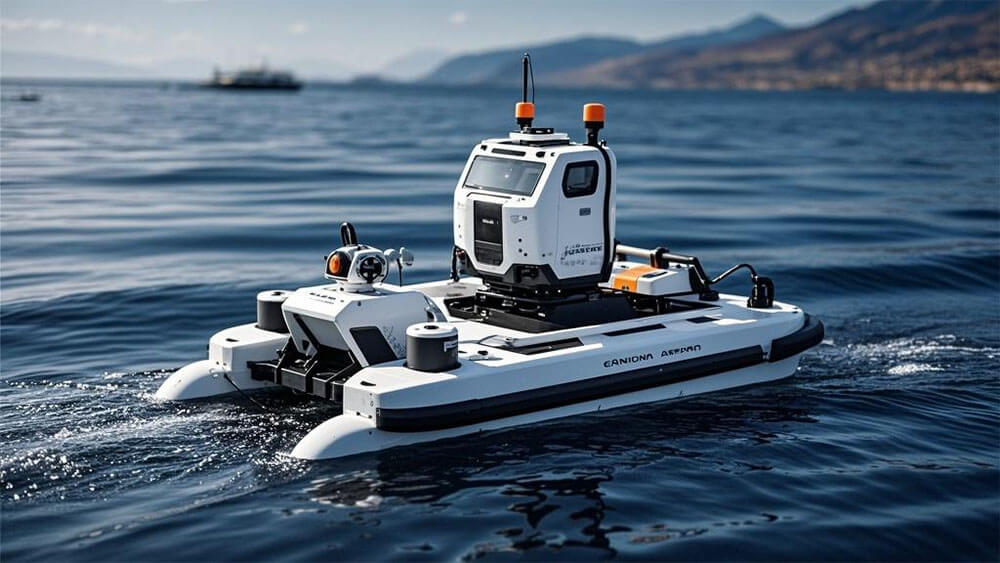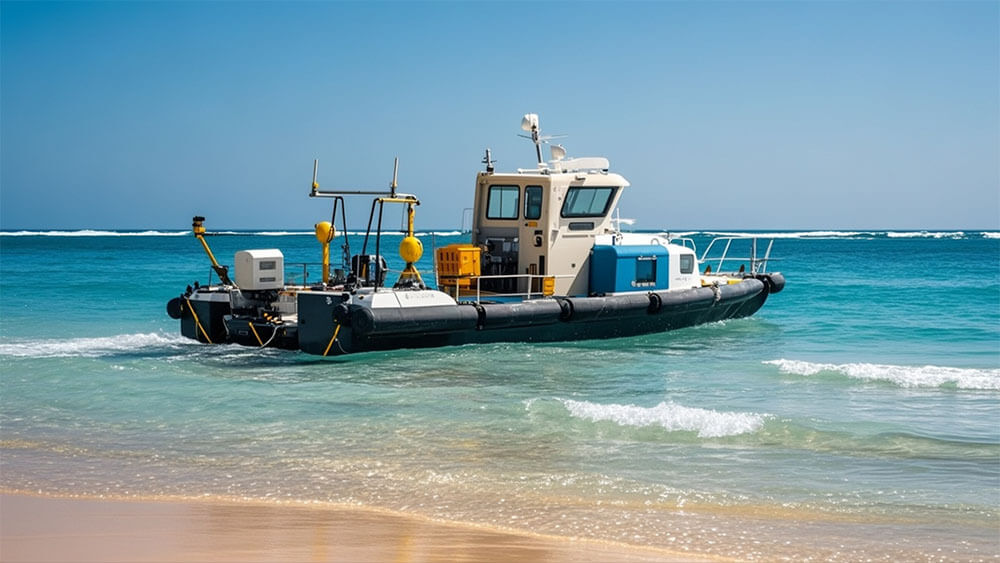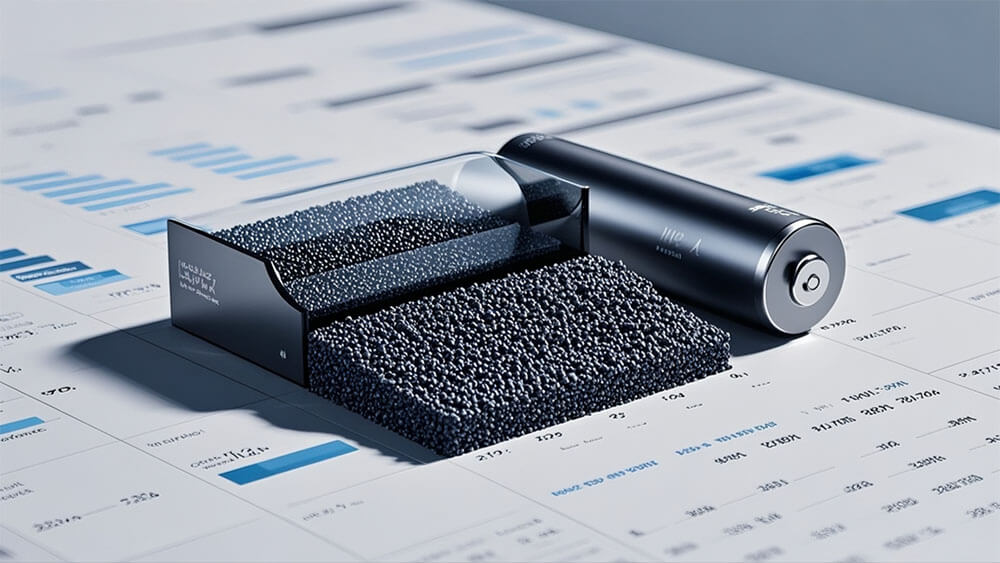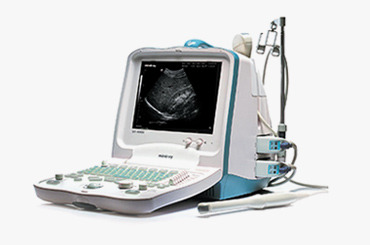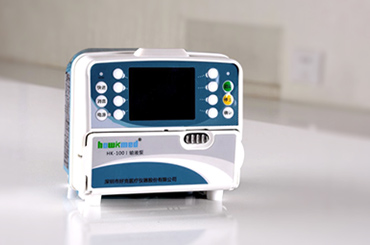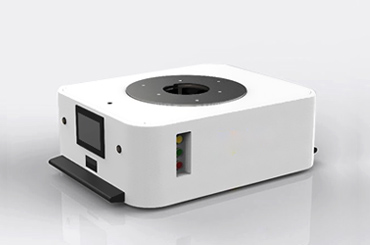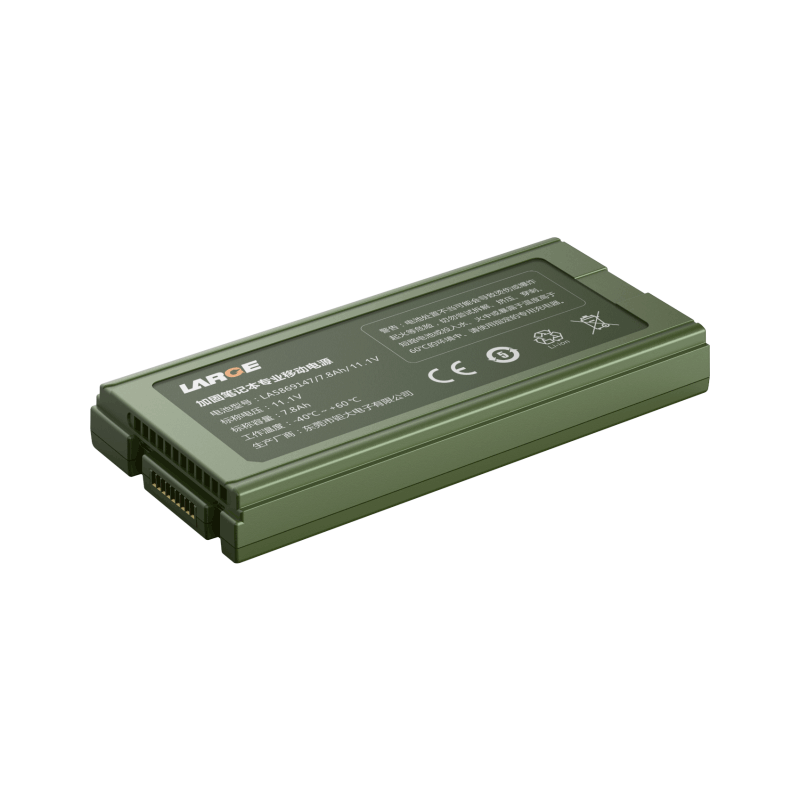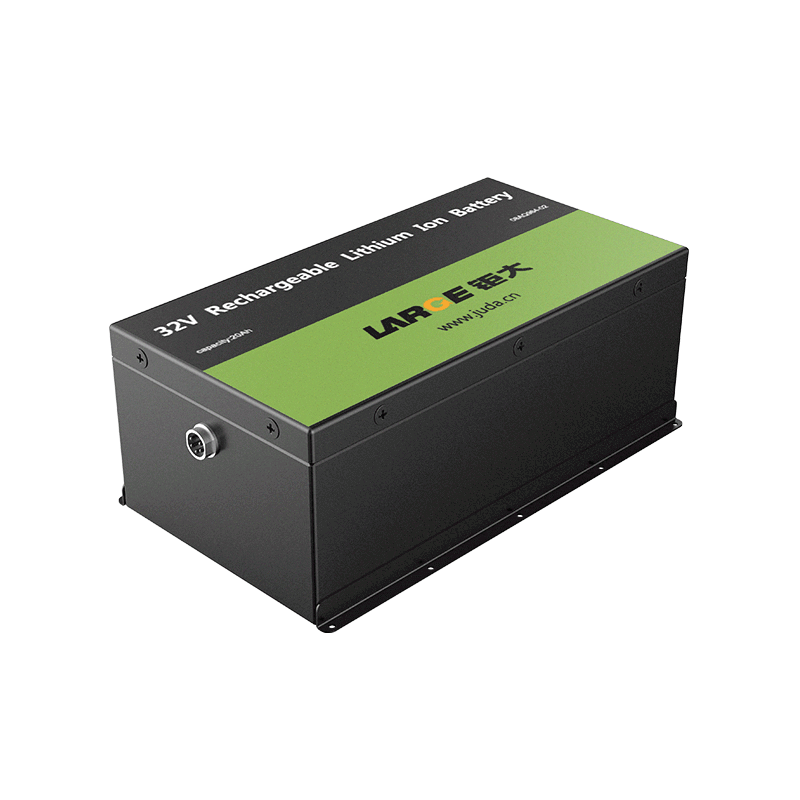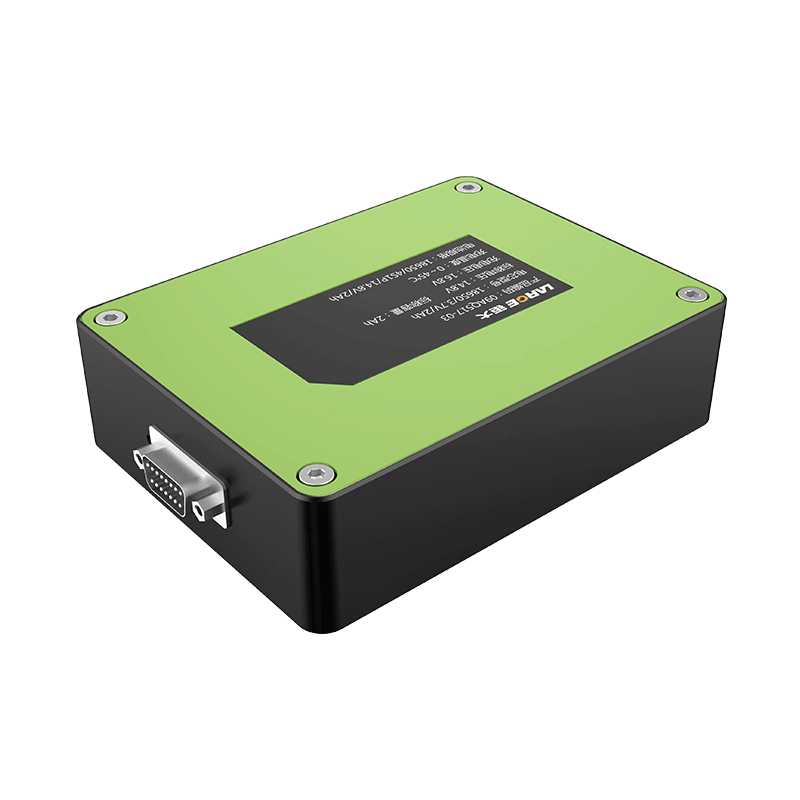-
Key Takeaways
-
Applications of Unmanned Survey Vessels+
- Marine Surveying
- Lake and River Exploration
- Environmental Monitoring
-
Design Requirements for lithium-ion batteries in Unmanned Survey Vessels+
- Energy Capacity and Operational Needs
- Durability in Harsh Environments
- Voltage and System Compatibility
- Weight and Space Optimization
-
Comparing Lithium Iron Phosphate (LiFePO4) and Nickel Manganese Cobalt (NMC) Batteries+
- Core Characteristics
- Suitability for Unmanned Survey Vessels Applications
- Key Trade-offs
- Recommendation
-
FAQ+
- How about the use of LiFePO4 batteries in the unmanned survey vessels
- What makes lithium-ion batteries ideal for unmanned survey vessels?
- How do you choose the right battery for your unmanned survey vessel?
- Can lithium-ion batteries handle extreme marine environments?
The Importance of Selecting the Right Lithium Battery for Unmanned Survey Vessels
APR 14, 2025 Pageview:309
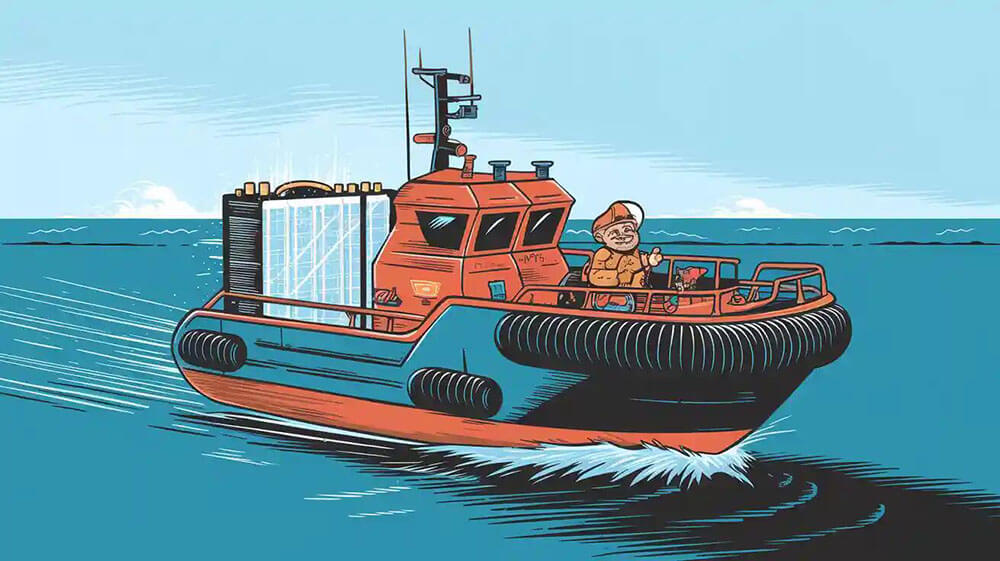
Selecting the right battery for unmanned survey vessels is critical to achieving optimal performance. Lithium-ion batteries, with their high technological readiness level, power most large uncrewed underwater vehicles. Their proven effectiveness in autonomous systems, such as Anduril’s Dive-LD, underscores their reliability. A well-chosen lithium battery ensures operational efficiency, enhances safety, and extends the vessel's lifespan.
Key Takeaways
Picking the right lithium battery improves how well survey vessels work.
Focus on energy storage and strength for tough ocean conditions.
Learn about LiFePO4 and NMC batteries to pick the best one for unmanned survey vessels .
Applications of Unmanned Survey Vessels
Marine Surveying
Unmanned survey vessels play a vital role in marine surveying. You can use these vessels to map the seafloor, inspect underwater pipelines, or monitor coastal erosion. Their ability to operate autonomously allows for efficient data collection over large areas. Equipped with advanced sensors and powered by reliable lithium-ion batteries, these vessels ensure uninterrupted operations. The right battery system supports extended missions, enabling you to gather accurate and comprehensive data. This makes marine surveying more cost-effective and less labor-intensive.
Lake and River Exploration
Exploring lakes and rivers often requires precision and adaptability. Unmanned survey vessels excel in these environments due to their compact design and advanced navigation systems.For example, the United States Geological Survey (USGS) deployed LiFePO4-powered unmanned vessels in the Mississippi River Basin monitoring project, achieving 120-hour continuous operation with sediment data error rates below 2%. The batteries retained >85% capacity after 1,500 cycles (USGS, 2022 report). You can deploy them to study water depth, sediment composition, or aquatic habitats. Their reliance on high-performance batteries ensures consistent power supply, even in remote locations. Lightweight and durable battery systems enhance the vessel's maneuverability, allowing you to access hard-to-reach areas. This capability proves invaluable for researchers and environmental agencies alike.
Environmental Monitoring
Environmental monitoring demands consistent and reliable data collection. Unmanned survey vessels equipped with robust batteries provide the endurance needed for long-term monitoring projects. The Norwegian Marine Research Institute found that NMC batteries require active heating modules in Arctic missions, as their range drops by 40% at -15°C. In contrast, LiFePO4 batteries with built-in ceramic heaters limited low-temperature losses to 15%.You can use them to track water quality, detect pollutants, or observe wildlife behavior. The right battery system ensures a successful deployment by maintaining operational efficiency in harsh conditions. This reliability helps you address environmental challenges with greater accuracy and confidence.
Design Requirements for lithium-ion batteries in Unmanned Survey Vessels
Energy Capacity and Operational Needs
When designing the battery energy capacity for unmanned survey vessels, it is essential to start with mission requirements and perform a reverse calculation that integrates equipment power consumption, environmental losses (e.g., capacity degradation due to temperature), and safety margins (typically 10–20%). Additionally, practical system efficiency losses during operation must be compensated, including cable resistance losses (5–10%), Battery Management System (BMS) efficiency (~95%), and capacity reduction in low-temperature environments. For example, if the theoretical total energy demand is 4,416Wh, factoring in 15% practical losses would require increasing the battery capacity to approximately 5,078Wh to ensure stable power supply throughout the mission.
Durability in Harsh Environments
Unmanned survey vessels often operate in challenging environments, such as saltwater exposure, extreme temperatures, and high humidity. Lithium-ion batteries designed for these conditions must require robust materials (e.g., marine-grade aluminum, corrosion-resistant coatings),stringent IP67/IP68 waterproofing, and adaptive thermal management (liquid cooling for high temperatures, built-in heaters for sub-zero environments). You should prioritize batteries with robust enclosures and advanced thermal management systems to withstand environmental stress. This ensures consistent battery performance and reduces the risk of failure during critical missions.
Voltage and System Compatibility
Voltage and system compatibility ensures seamless integration of a battery system with an unmanned survey vessel's electrical, mechanical, and digital architecture. It requires aligning the battery’s nominal voltage with onboard devices (propulsion, sensors) to prevent underperformance or damage, while maintaining voltage stability (±5% tolerance) under dynamic loads through regulators or capacitors. Physical compatibility involves matching connectors (e.g., XT90) and enclosure dimensions to the vessel’s design. Communication protocols like CAN Bus or RS485 enable the Battery Management System (BMS) to share real-time data (e.g., temperature, state of charge) with the central controller, syncing control logic for tasks like low-battery auto-return. Challenges such as voltage sag (solved with supercapacitors) or protocol mismatches (resolved via converters) are addressed through modular designs, rigorous testing (simulation, environmental trials), and adaptive firmware. You need to ensure the selected battery matches the voltage requirements of onboard equipment and propulsion systems. Proper compatibility minimizes energy loss and optimizes battery safety. It also enhances the overall efficiency of the vessel's operations.
Weight and Space Optimization
Space and weight constraints are significant considerations in unmanned survey vessels. Lithium batteries offer a compact and lightweight solution compared to traditional alternatives. By choosing batteries with high energy density, you can maximize available space for other essential components. This optimization improves the vessel's maneuverability and operational efficiency.
Comparing Lithium Iron Phosphate (LiFePO4) and Nickel Manganese Cobalt (NMC) Batteries
Dr. Elena Smith, Chief Researcher at MIT Energy Laboratory, emphasized: ‘Battery design for unmanned survey vessels must balance energy density and thermal runaway risks. LiFePO4’s olivine-structured cathode provides intrinsic safety, a non-negotiable for deep-sea endurance missions. For unmanned survey vessels, choosing between LiFePO4 and NMC batteries involves trade-offs in energy density, safety, lifespan, cost, and environmental adaptability. Below is a detailed comparison tailored to unmanned survey vessels applications:
Core Characteristics
Parameter | LiFePO4 | NMC |
|---|---|---|
Energy Density | 90–160 Wh/kg | 150–300 Wh/kg |
Cycle Life | 1,000–6,000 cycles (80% DoD) | 1,000-2,000 cycles (80% DoD) |
Thermal Stability | Excellent (stable up to 270°C) | Moderate (prone to thermal runaway >150°C) |
Cost | Higher upfront cost, lower lifetime cost | Lower upfront cost, higher lifetime cost |
Low-Temp Performance | Requires heating below -10°C | Better discharge capability (-20°C to 45°C) |
Suitability for Unmanned Survey Vessels Applications
LiFePO₄ Advantages
Safety: Ideal for long-duration missions in harsh environments due to minimal fire/explosion risk.
Longevity: Superior cycle life reduces replacement frequency, critical for remote or deep-sea operations.
High Discharge Current: Supports sustained high-power loads (e.g., sonar, thrusters).
NMC Advantages
Weight Savings: Higher energy density allows lighter packs for speed/agility-focused unmanned survey vessels.
Cold Tolerance: Performs better in sub-zero conditions without external heating.
Fast Charging: Supports rapid charging (1–2 hours) for time-sensitive missions.
Key Trade-offs
Scenario | LiFePO4 | NMC |
|---|---|---|
Long-Endurance Missions | ✔️ 1,000+ cycles, stable performance | ❌ Shorter lifespan under frequent cycling |
Weight-Constrained Unmanned Survey Vessels | ❌ Heavier for same capacity | ✔️ 30–40% lighter for equivalent energy |
High-Risk Environments | ✔️ Fire-resistant, saltwater-safe | ❌ Requires robust thermal management |
Budget-Limited Projects | ❌ Higher initial cost | ✔️ Lower upfront investment |
Recommendation
Choose LiFePO4 if:
Mission duration high requirements, requiring reliability in extreme conditions.
Safety and lifespan are prioritized over weight.
Choose NMC if:
Weight savings are critical (e.g., aerial-launched unmanned survey vessels).
Missions demand rapid charging or cold-environment operation without heating.
FAQ
How about the use of LiFePO4 batteries in the unmanned survey vessels
Oceaneering, the world’s largest marine exploration firm, reported: ‘Custom LiFePO4 batteries reduced our unmanned survey vessels fleet’s annual failure rate from 15% to 3%, cutting maintenance costs by 30%.
What makes lithium-ion batteries ideal for unmanned survey vessels?
Lithium-ion batteries offer high energy density, long lifespan, and lightweight design. These features ensure efficient power delivery, extended missions, and improved vessel performance in challenging environments.
How do you choose the right battery for your unmanned survey vessel?
You should evaluate energy capacity, durability, and compatibility with onboard systems. Prioritize batteries that meet operational needs and withstand harsh environmental conditions. large power has decades of experience providing tailor-made lithium battery solutions, contact us for more information.
Can lithium-ion batteries handle extreme marine environments?
Yes, lithium-ion batteries designed for unmanned survey vessels feature robust enclosures and advanced thermal management. These enhancements ensure reliable performance in saltwater, high humidity, and extreme temperatures.
Leave Message
Hottest Categories
-
Hottest Industry News
-
Latest Industry News




